GPS tracking, route tracking, touch screen, ant+connectivity, impermeability ... The GPS device market for cycling has advanced a lot in recent years.
Initially they served to record basic data such as speed and distance traveled. But today they are authentic computers that allow calculating endless data. They even have storage cards and connection to social networks.
Among so much offer of ranges and so many innovations that continually reach the market, sometimes it becomes complicated to search, compare and decided what is the cyclocomputer that best fits our needs.
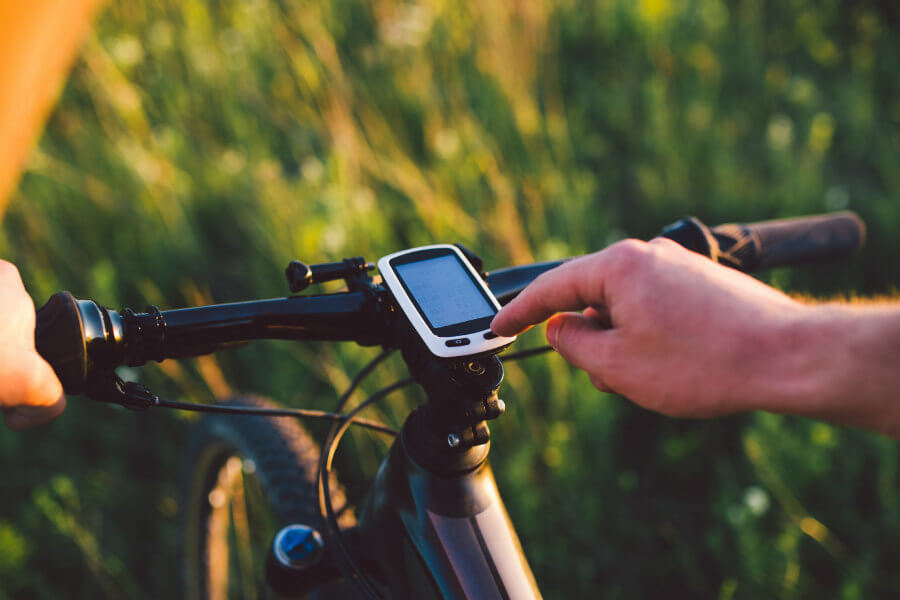
During the years that I have been practicing cycling, both on the road and on the mountain, I have used devices of different brands, ranges, versions and prices.
What is the best GPS for my bicycle? In this article I will try to count my point of view on how to choose the most appropriate GPS for each type of use beyond the brands.
Not everyone uses the GPS system
Although we colloquially call GPS to this type of cycling devices, I would like to clarify that the correct term is cyclocomputer. The GPS is simply the type of positioning system they use to obtain the location with which the speed is calculated, distance traveled etc.
While it is true that the American GPS system (Global Positioning System) is the main geolocation method, it is not the only one used by cycling for cycling.
Brands such as Garmin or Bryton (in some of their models) also rely on the Global Russian Satellite Navigation System (GLONASS), providing greater precision in geopositioning.
When using both networks, they also ensure that if for any reason outside the device, any of them will fall temporarily, it can be supported by the other to continue giving us some data faithful to reality. It should not forget that another of the existing positioning networks, the European Galileo, was fallen for 2 weeks last summer.
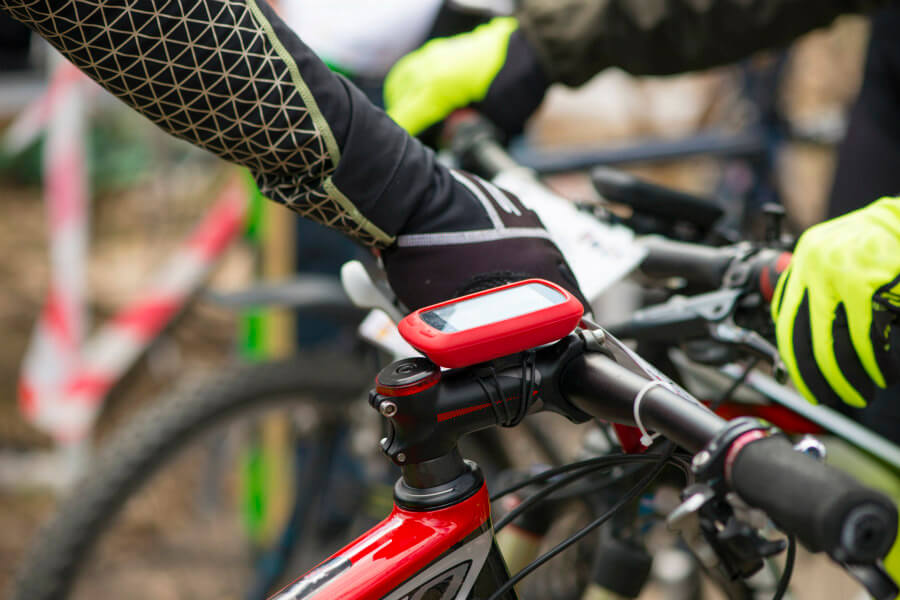
How much does a cyclocomputer for my bicycle cost?
Like any purchase that one wants to make, the first thing is to consider what is the price that is willing to spend, and depending on this budget, look for the characteristics that are most consistent with the type of cycling that one practices.
Fortunately, today there is a wide catalog of both brands and devices. The rise of promotions in social networks and the great competition between manufacturers have made prices go down so much that they have practically ended the classics accountkilometers.
Looking for offers it is possible to find GPS cyclocomputer from just 35 euros. If you want the last market model, it can cost you 10 times more.
Autonomy, an important factor
With a cyclocomputer in your life a new
Gadget to be pending (in case they were few) that you have a good battery charge level. After all, it is not a simple accountckilometers, with which a button battery gave sufficient autonomy for months and months of use.
GPS for modern cycling use lithium batteries. Depending on the screens they have, the connections and the type of use that each cyclist gives their duration varies markedly.
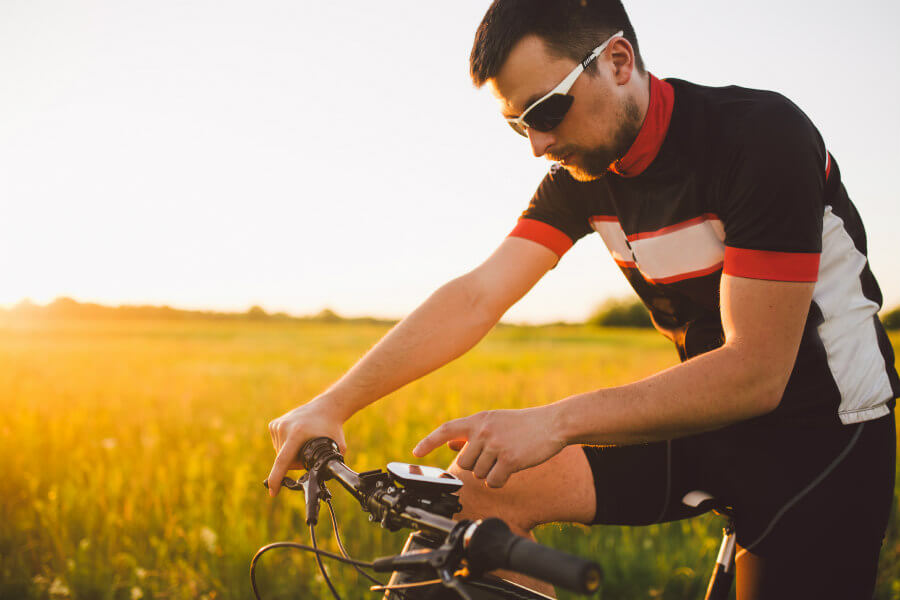
There are models such as the Polar V650 in which autonomy reaches 10 am. And other models such as the Bryton 450 where it reaches 35 hours.
So each one must assess the priority it gives to this characteristic. Anyway, an exterior battery can always be used to extend the duration of the device in a specific situation.
The size (GPS) imports?
Both the screen and the size of the device varies depending on the taste of each user. There are cyclists who like to wear many data on the main screen. For them, the most recommended is a large screen that can show a large number of metrics at the same time. Some cyclocomputer have screens of up to 3.5 inches.
Others, on the other hand, prefer that few data are displayed on the screen. You decide what kind of metrics you need to know during the march and which are secondary. Not always the biggest screen cyclocomputers are the best.
Touch screen? Only if it can be used with gloves
Another aspect on the screens that you must take into account - especially not to pay more - is the type and resolution format you need. In the market we can find very economical cyclocomputators that use monochromatic screens (and thereby save battery consumption). But there are also GPS with huge full color touch screens.
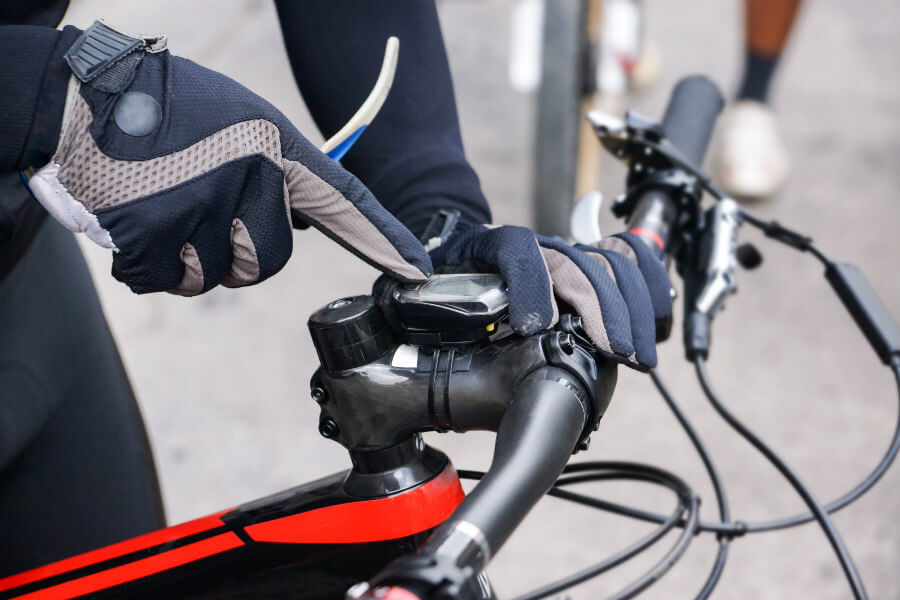
On whether it is better to have touch screens or not, the answer is that it depends on the sensitivity you have. It is not the same to use a touch screen with the naked fingers sitting on the sofa than with the gloves put by pedaling at full speed.
Fortunately, the latest GPS models with tactile screen for cycling have a quality comparable to
smartphones of high ranges, which facilitates its use with gloves on and in adverse conditions.
In addition, some cyclocomputer incorporates screens that detect the so -called false touches, which are those that can produce rain or mud drops.
Connectivity and telephone
Although almost all devices already come with Bluetooth and ant+ connections to connect to our cadence, pulse, speed, potentiometers or smart roller sensors, we must also take into account if they have WiFi connection to connect to a network and thus Load new routes or download our training in applications such as Strava.
There are currently integrated Sim card devices, so we can always be connected to the Internet and send an emergency notice in case of an accident.
It can also be interesting to know if we can connect our phone to the GPS device to receive notifications while we are underway, such as WhatsApp messages. It is certainly a characteristic much appreciated by users.
Rain -proof
Impermeability is one of the characteristics that we often forget to take into account when we buy a cyclocomputer. And yet it is important. To avoid future dislikes, it is very important to find out what certificate of water resistance is the device.
This resistance marks the latest number of the degree of protection: IPX7 for example is the resistance of a superventas such as Garmin 1030: 7.

If you want to know what the level of resistance is the water and humidity offered by the different degrees, consult the following table:
- IPX0: No protection against water
-
IPX1: Water drop protection (in vertical fall), at a rate of 3-5 cubic millimeters per minute for 10 minutes.
-
IPX2: Water drip protection (Until 15th inclination with respect to the vertical, at a rate of 3-5 cubic millimeters per minute for 10 minutes. In practice it means that it is sweat resistant.
-
IPX3: Water spray protection (Up to 60º compared to the vertical) up to 10 liters per minute.
-
IPX4: Protection against splashes and water jets at low pressure (from any angle), to 12.5 liters per minute.
-
IPX5: Protection against water jets with pressure (From any angle).
-
IPX6: High -pressure water and jets protection, up to 100 liters per minute.
-
IPX7: Temporary immersion protection in water, up to 1 meter deep for 30 minutes.
-
IPX8: Protection against permanent dives under water. It supports complete and continuous inter -time during the time specified by the manufacturer.
Tracking and Maps
If yours is to know new routes, lose yourself or see at the moment the profiles of the race you are disputing, then you have to get a GPS that has maps and
Tracking.
Find out about the storage capacity of the device and how these maps are updated (not all have free updates). There are models that have little capacity and will not allow you to include all the maps you would like. Or do the
trap of putting some maps in little detail to occupy little, as happened with the old Garmin 520 (error corrected in the new 520Plus).
Cycling with Android system
A
software poorly designed can make, although the device works correctly and perfectly meets the manufacturer's specifications, your use experience is hell. The ideal are as intuitive and visual operating systems as possible.
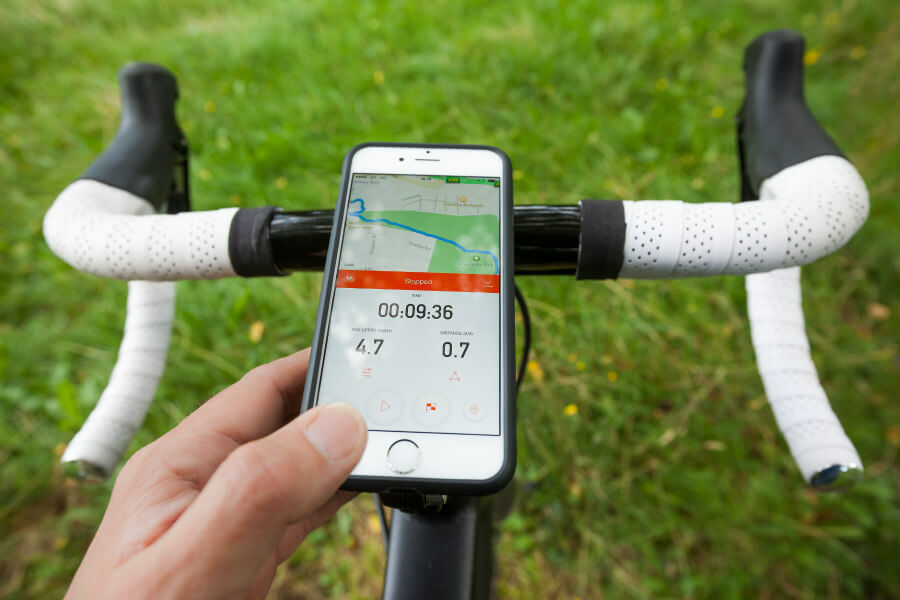
Normally almost all brands work with their own and closed operating systems, but it seems that this is changing. The manufacturer Hammerhead has revolutionized the MERACDO of the Cycocomputer with its Hammerhead Karoo model, a GPS based on the Android operating system.
Between the fashion to incorporate larger and larger cavez screens and the arrival of new models based on open systems such as Android, it seems that the tendency of these cyclocomputer devices is to resemble more to
smartphones than simple accountkilometers.
 During the years that I have been practicing cycling, both on the road and on the mountain, I have used devices of different brands, ranges, versions and prices.
What is the best GPS for my bicycle? In this article I will try to count my point of view on how to choose the most appropriate GPS for each type of use beyond the brands.
During the years that I have been practicing cycling, both on the road and on the mountain, I have used devices of different brands, ranges, versions and prices.
What is the best GPS for my bicycle? In this article I will try to count my point of view on how to choose the most appropriate GPS for each type of use beyond the brands.

 There are models such as the Polar V650 in which autonomy reaches 10 am. And other models such as the Bryton 450 where it reaches 35 hours.
So each one must assess the priority it gives to this characteristic. Anyway, an exterior battery can always be used to extend the duration of the device in a specific situation.
There are models such as the Polar V650 in which autonomy reaches 10 am. And other models such as the Bryton 450 where it reaches 35 hours.
So each one must assess the priority it gives to this characteristic. Anyway, an exterior battery can always be used to extend the duration of the device in a specific situation.
 On whether it is better to have touch screens or not, the answer is that it depends on the sensitivity you have. It is not the same to use a touch screen with the naked fingers sitting on the sofa than with the gloves put by pedaling at full speed.
Fortunately, the latest GPS models with tactile screen for cycling have a quality comparable to smartphones of high ranges, which facilitates its use with gloves on and in adverse conditions.
In addition, some cyclocomputer incorporates screens that detect the so -called false touches, which are those that can produce rain or mud drops.
On whether it is better to have touch screens or not, the answer is that it depends on the sensitivity you have. It is not the same to use a touch screen with the naked fingers sitting on the sofa than with the gloves put by pedaling at full speed.
Fortunately, the latest GPS models with tactile screen for cycling have a quality comparable to smartphones of high ranges, which facilitates its use with gloves on and in adverse conditions.
In addition, some cyclocomputer incorporates screens that detect the so -called false touches, which are those that can produce rain or mud drops.
 If you want to know what the level of resistance is the water and humidity offered by the different degrees, consult the following table:
If you want to know what the level of resistance is the water and humidity offered by the different degrees, consult the following table:
 Normally almost all brands work with their own and closed operating systems, but it seems that this is changing. The manufacturer Hammerhead has revolutionized the MERACDO of the Cycocomputer with its Hammerhead Karoo model, a GPS based on the Android operating system.
Between the fashion to incorporate larger and larger cavez screens and the arrival of new models based on open systems such as Android, it seems that the tendency of these cyclocomputer devices is to resemble more to smartphones than simple accountkilometers.
Normally almost all brands work with their own and closed operating systems, but it seems that this is changing. The manufacturer Hammerhead has revolutionized the MERACDO of the Cycocomputer with its Hammerhead Karoo model, a GPS based on the Android operating system.
Between the fashion to incorporate larger and larger cavez screens and the arrival of new models based on open systems such as Android, it seems that the tendency of these cyclocomputer devices is to resemble more to smartphones than simple accountkilometers.















